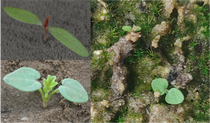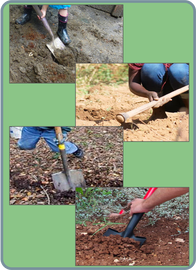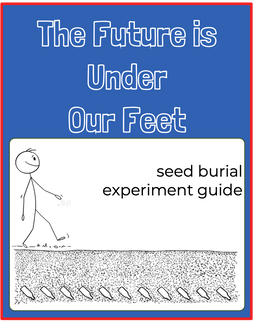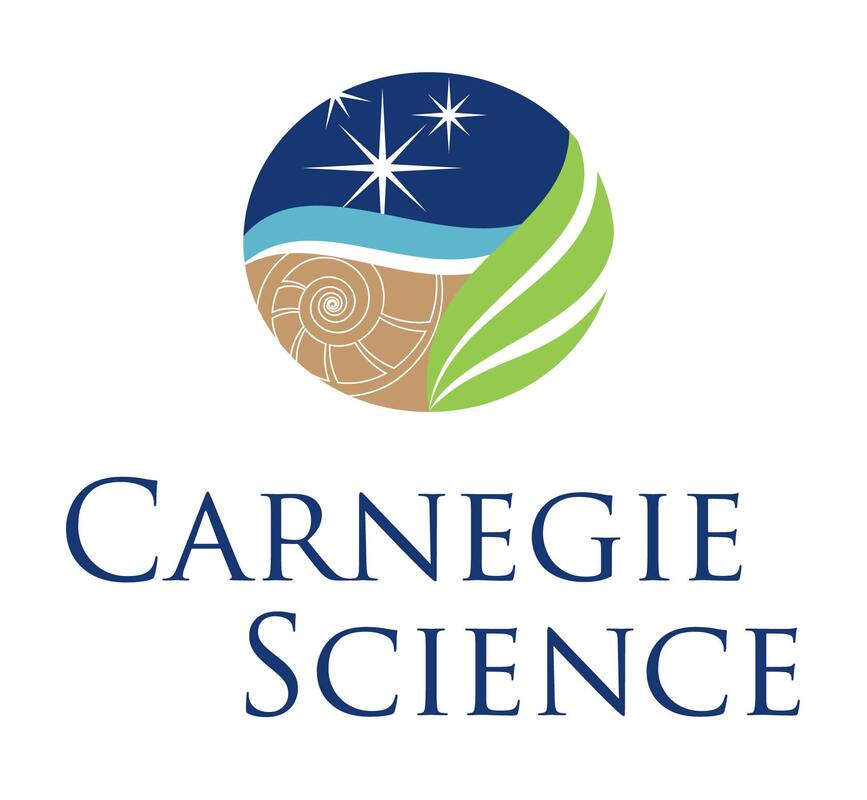COMMUNITY Science Seed Longevity Experiments
WALII will establish a new community science experiment to study seed longevity.
|

The Beal experiment is the oldest ongoing science experiment in the world. In 1879, Dr. William Beal buried 20 open jars, each containing 50 seeds from 21 weed species on MSU campus. The goal of the experiment is to study seed longevity in soil; after a predetermined period (now every 20 years), the researchers in charge of the project dig up a jar and attempt to germinate the aged seeds. Twenty seeds germinated from the most recent jar, unearthed in April 2021 to significant public attention, and 5 jars remain buried in soil.

WALII's Margaret Fleming is the scientist at MSU continuing Beal’s experiment. With Dr. Fleming's unique expertise and access to the MSU herbarium’s seed collection, we will capitalize on the public excitement to establish a new community science seed longevity experiment. The experiment will replicate Beal’s initiative, and include key improvements. In particular, multiple, dispersed burial sites carried out by the students and members of the public throughout the country will enable participants to help answer a natural follow-up to Beal’s original question: how does the soil environment affect seed longevity?

Phase 1 - Establish the protocol. In year 1, we will establish experimental parameters appropriate for a range of situations such as geographic regions, burial lengths, and equipment availability. The protocol will comprise recommendations for species to include, options for number and frequency of time points, instructions for preparing, burying, retrieving, and germinating seeds, data collection, and submission. The data generated will help answer important scientific questions and the members of the public who contribute will receive acknowledgement in publications.
Phase 2 - Create and test a lesson plan. Next, we will consult with middle school teachers from the Outreach Program Committee to write and test an easy-to-follow guide for conducting the experiment and learning about the importance of seed longevity.
Phase 3 - Publicly disseminate the experimental protocol. Finally, we will disseminate the guide to the public through teacher networks and social media.
Phase 2 - Create and test a lesson plan. Next, we will consult with middle school teachers from the Outreach Program Committee to write and test an easy-to-follow guide for conducting the experiment and learning about the importance of seed longevity.
Phase 3 - Publicly disseminate the experimental protocol. Finally, we will disseminate the guide to the public through teacher networks and social media.













